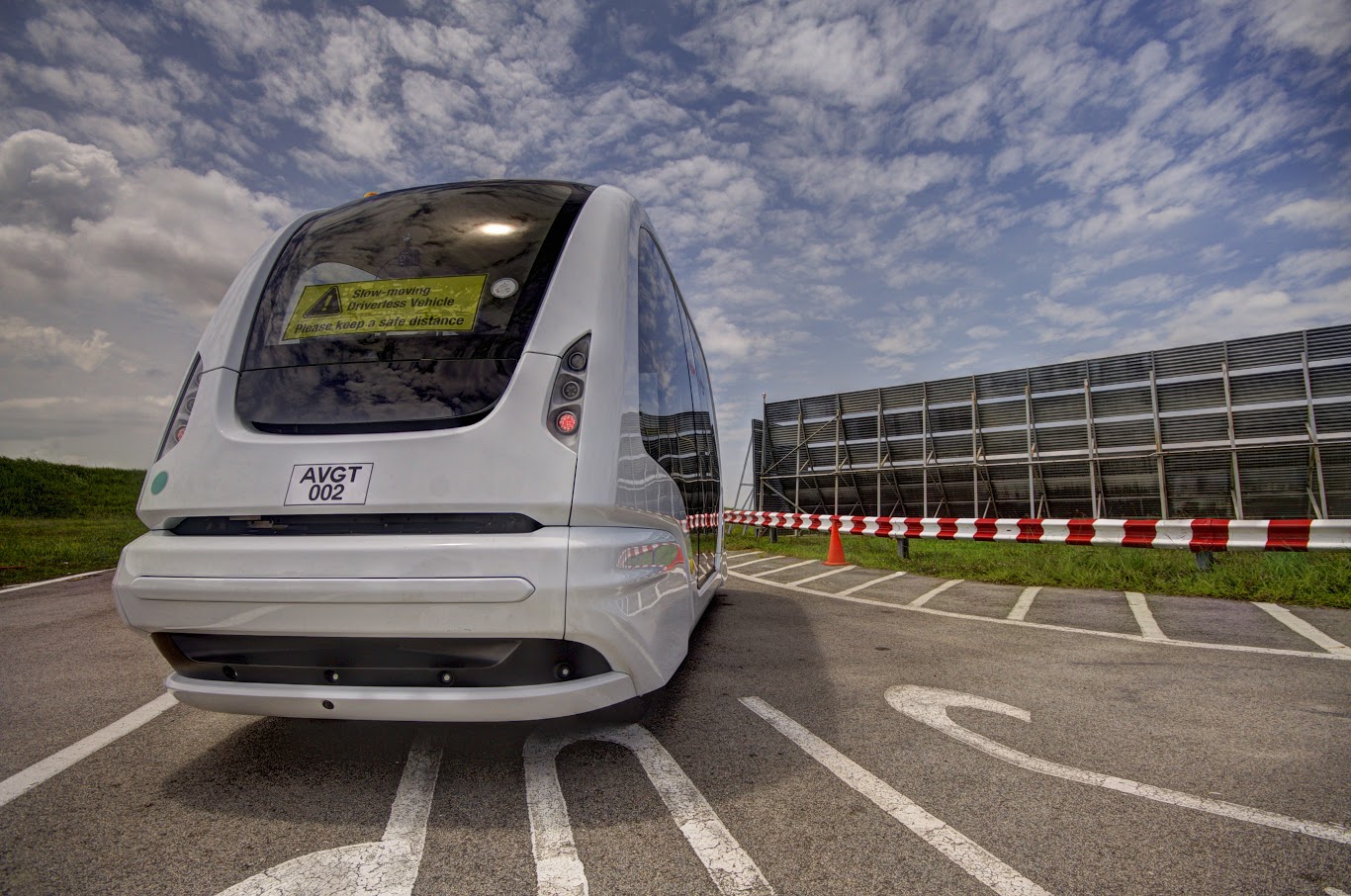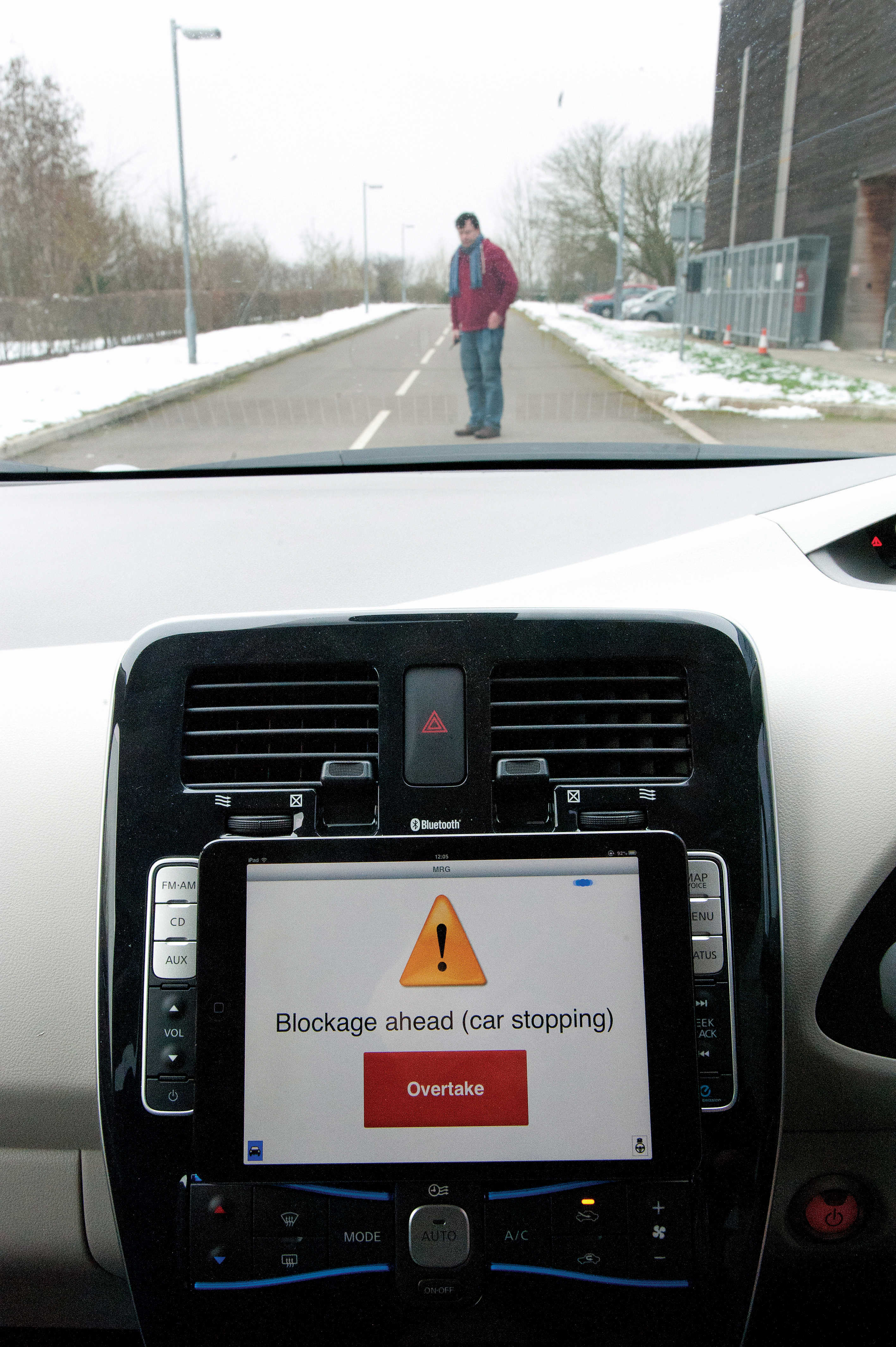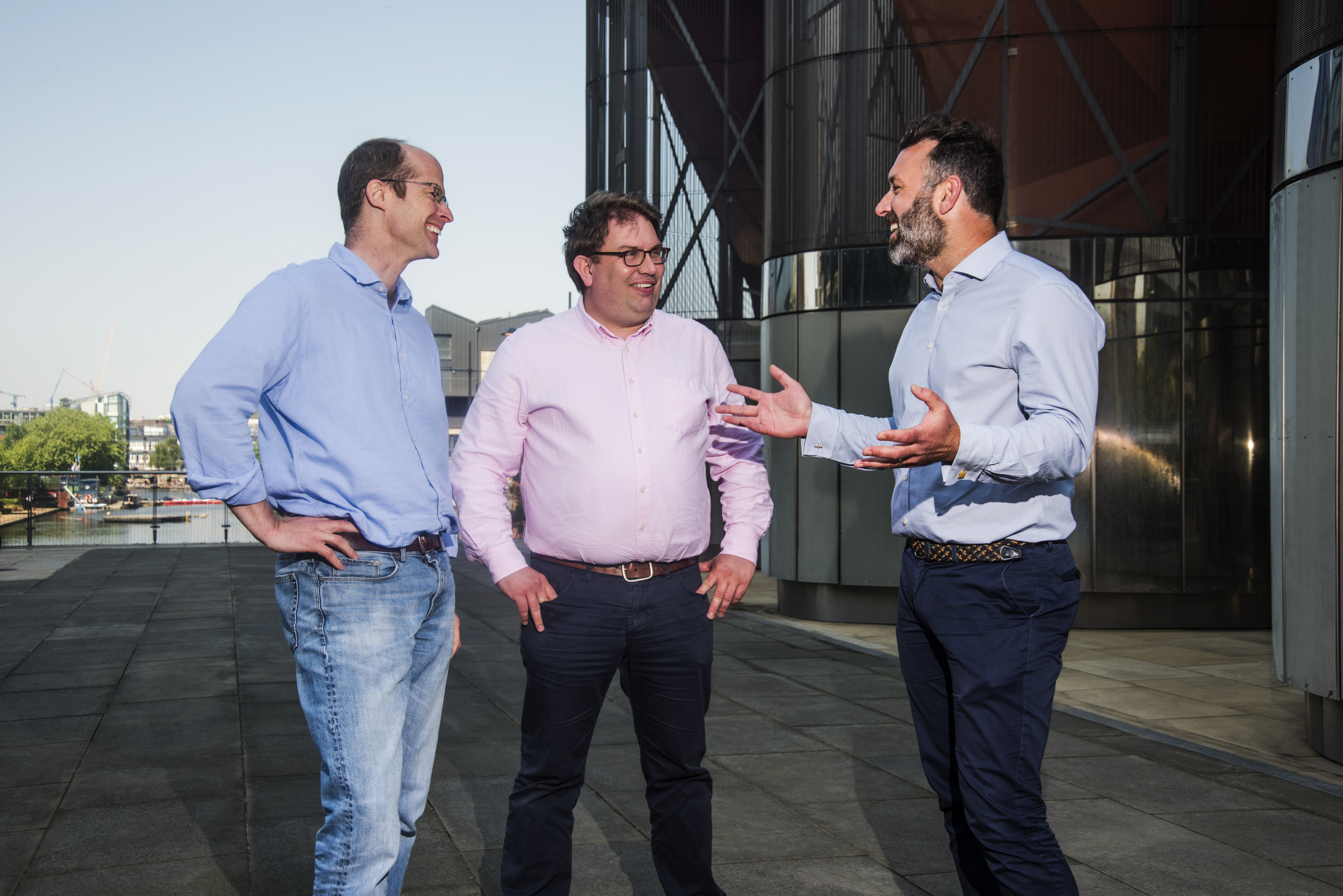
There is a lot of excited chatter about autonomous vehicles – but 2getthere’s Robbert Lohmann suggests we might need to take a step back and look realistically at what is achievable.
You might be surprised that the chief commercial officer of a company delivering autonomous vehicles would begin an article with the suggestion that we need to get past the hype. And yet I do; because we have to, and urgently so. The hype prevents the development of autonomous vehicles that address actual transit needs. And the hype is holding Smart Cities back.
Smart City vision
A Smart City is one where information technology and the Internet of Things are used to make the city cleaner, safer, more accessible and more attractive to citizens and businesses. This includes new transit concepts as well, partly out of necessity, to mitigate the traffic congestion, pollution and smog which endanger urban living conditions and public health. For a smart city to become a Smart City, it is key to reduce the number of cars travelling in the city by introducing Smart Transit: autonomous transit systems with a high service level, combining the flexibility of the personal car and the sustainability of public transit. Imagine living in a Smart City: in its spacious environment the streets are lined with trees, providing shelter from both sun and rain to the pedestrians strolling along the wide pavements. Children play on the pavement, chasing a ball or each other, while others sit down on the street benches to enjoy their lunch. Dedicated bike paths adjoin the main traffic lane, allowing cyclists to get around quickly and safely. The traffic is limited to shared use, high-occupancy (4pax+) electric vehicles which pass by silently, almost unnoticed; you can actually hear the birds again. You travel to work from the station within short walking distance of your home, conveniently sharing your ride with a small group of other city dwellers. Your travel time is shorter than it ever was. Utopia? Perhaps, but when we don’t aim this high, the result is bound to disappoint. The key to getting anywhere near this vision? Forget about autonomous cars – for cities at least. The promise of autonomous cars as a transformational development that would reduce the number of cars in cities, free up urban space currently used for parking, improve overall sustainability while reducing the number of incidents, accidents, injuries and casualties is a false one. The only way to achieve these goals is by starting with efficient, autonomous public transit.
Autonomous hype
In public discussion and industry debate on autonomous cars, the concepts of automated, shared, and electric are often cheerfully confused. The automated car doesn’t reduce the number of cars on the road - ride-sharing does. It won’t make the city more sustainable - only electricity from a sustainable power source will. And yes, automation will improve traffic safety immediately for people who were previously driving themselves - however, autonomous cars will need to be at least ten times safer to match the current safety levels of public transit (in developed countries). The industry, of course, is happy to present the image of autonomous cars as a cure-all. Major car manufacturers and tech companies contribute to the craze through inflated capability claims and marketing statements, hoping to establish market leadership and to be valued accordingly. Start-ups are popping up, joining in, hiring the brightest young minds available and being taken over for record-setting amounts. The main beneficiary of the hype is the valuation of the perceived innovation leader. Where the hype is working for suppliers, regions and cities are trying to use it to their advantage at the same time. Autonomous vehicles are seen as an attractive new industry, bringing new jobs, new high-income residents and a sparkly new image. Cities vie to attract their share of an estimated $7 trillion industry by requesting demonstrations, and in some cases funding them through subsidies, tax exemptions and/or new legislation. It is an apparent win-win situation, as both the authorities and companies seek to bolster their perceived status as leaders in the field. So, let’s burst the bubble. Or at least deflate it a little, in the best interest of the Smart City vision.
Autonomous reset
The demonstrations of autonomous cars to date are certainly not level 5 (fully autonomous in all driving situations); they aren’t even level 4 (fully autonomous within standard urban design parameters). As impressive as some technological achievements are, a safety steward is still present in all demonstrations. Where the number of miles driven is very significant, the number of passengers carried is the opposite. None of the vehicles have yet been certified, nor have proven availability and reliability during all weather circumstances. Keeping the above in mind, it is important for us as a society to move away from the idea that fully-autonomous vehicles will be here overnight. To achieve tangible results in the short run, we will have to first introduce autonomous vehicles in a more ‘controlled’ environment, with a focus on certification and a sound, economically-viable business case. This focus pushes suppliers and cities to address real transit issues, resulting in permanent applications featuring daily passengers.
Evolution versus revolution
Certification and the user experience are key drivers of autonomous vehicles moving forward. On the supply side, certification will make the distinction between the companies understanding safety and complying with the rules and regulations - and those who are not able to. On the demand side, it will emphasise permanent projects with appropriate budgeting for sound (safety) engineering and passenger volumes. Certification is possible today, but not (yet) for ‘uncontrolled’ environments: to get there we’ll need to move from ‘controlled’ to ‘semi-controlled’ environments first. The complexity of automated systems is determined by four major factors:
- Speed
- Intersections
- Access
- Behaviour
Automated people movers at airports have been around, and have been able to be certified, for ages because there is complete control over these factors: proofing safety is straightforward when operating on a dedicated, grade-separated infrastructure. Autonomous vehicles in city centres, on the other hand, have absolutely no control over these factors: cars, bikes and pedestrians move at different speeds; drivers have different habits and skill levels; and all have to navigate through at-grade intersections. Proofing safety for so many possible scenarios is a daunting task, to say the least. Limiting the number of possible scenarios is a simple but essential first step to introducing automation. Autonomous vehicles on a highway are already within much closer reach: all vehicles move at more or less the same speed, use grade-separated intersections and share the road only with motorised traffic moving in the same direction.
User experience
As detailed in a recent article by Colin O’Donnell on Techcrunch, the mistake made by many is their exclusive focus on the user experience of the person in the car. This is a logical emphasis for a car manufacturer - but not for a city. We should prioritise the user experience of citizens and communities over that of transportation in the narrow sense. O’Donnell explains: “People may be comfortable in their autonomous boxes whizzing through the cities, but for the streetscape, communities, and the experience of the person in the city who is not in the autonomous vehicle, life might get a lot ‘suckier’. We could end up accelerating and automating the worst parts of cities today, creating faster traffic jams and more inhospitable, crowded, city streets.” That’s not a Smart City but a dumb city. The solution is a ‘soup of various-sized vehicles’ providing mobility and connecting the various attractors within the city, with the ultimate goal of freeing up the shared public realm of the street for more human uses. The transit ingredients of the soup are smart mass transit (the ‘thick’ lines), small vehicles (electric bikes and scooters for individualised trips) and shared autonomous vehicles to fill in the gaps. In the end, smart cities aren’t just about improving transportation, but about improving cities and the experience of living in them.










